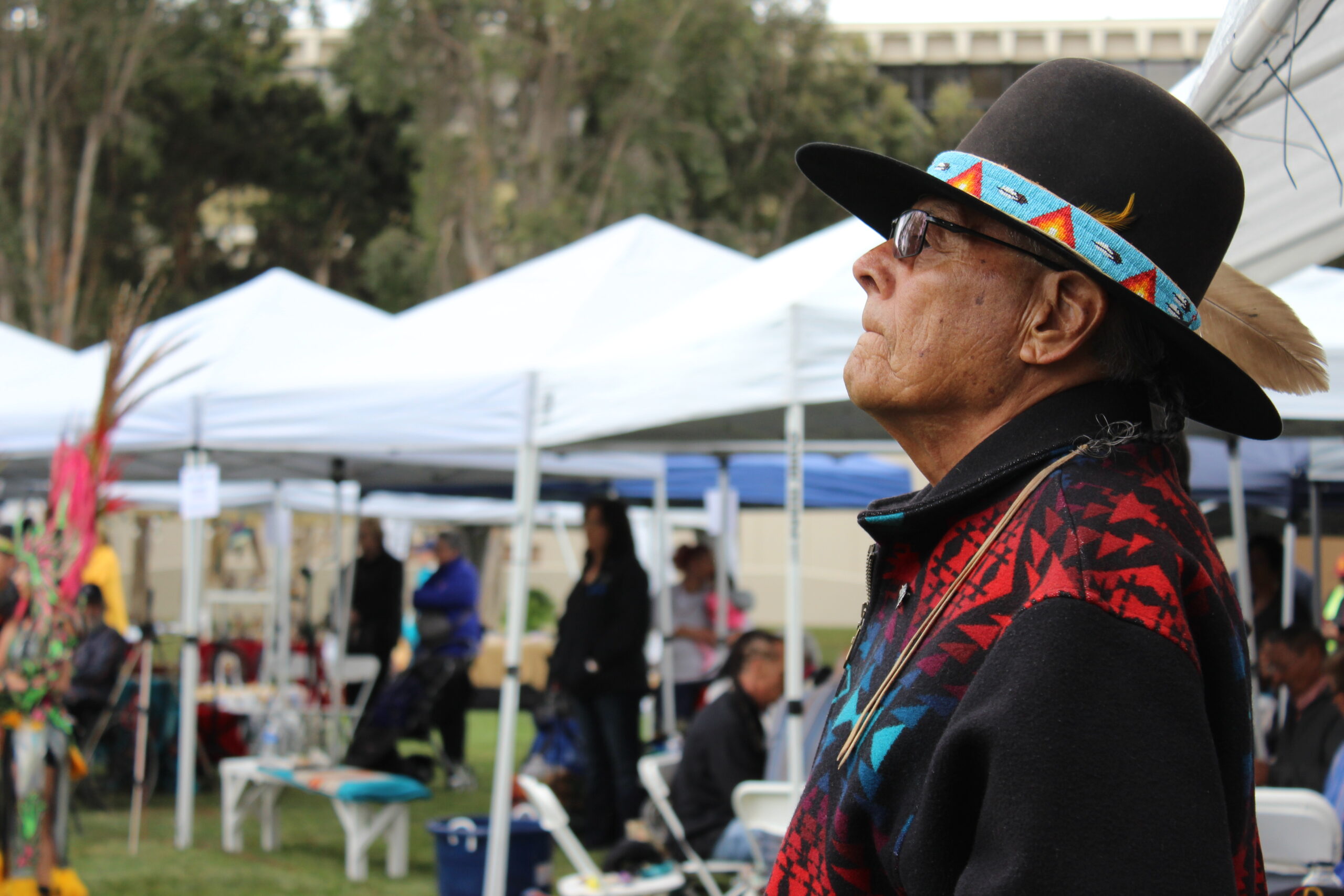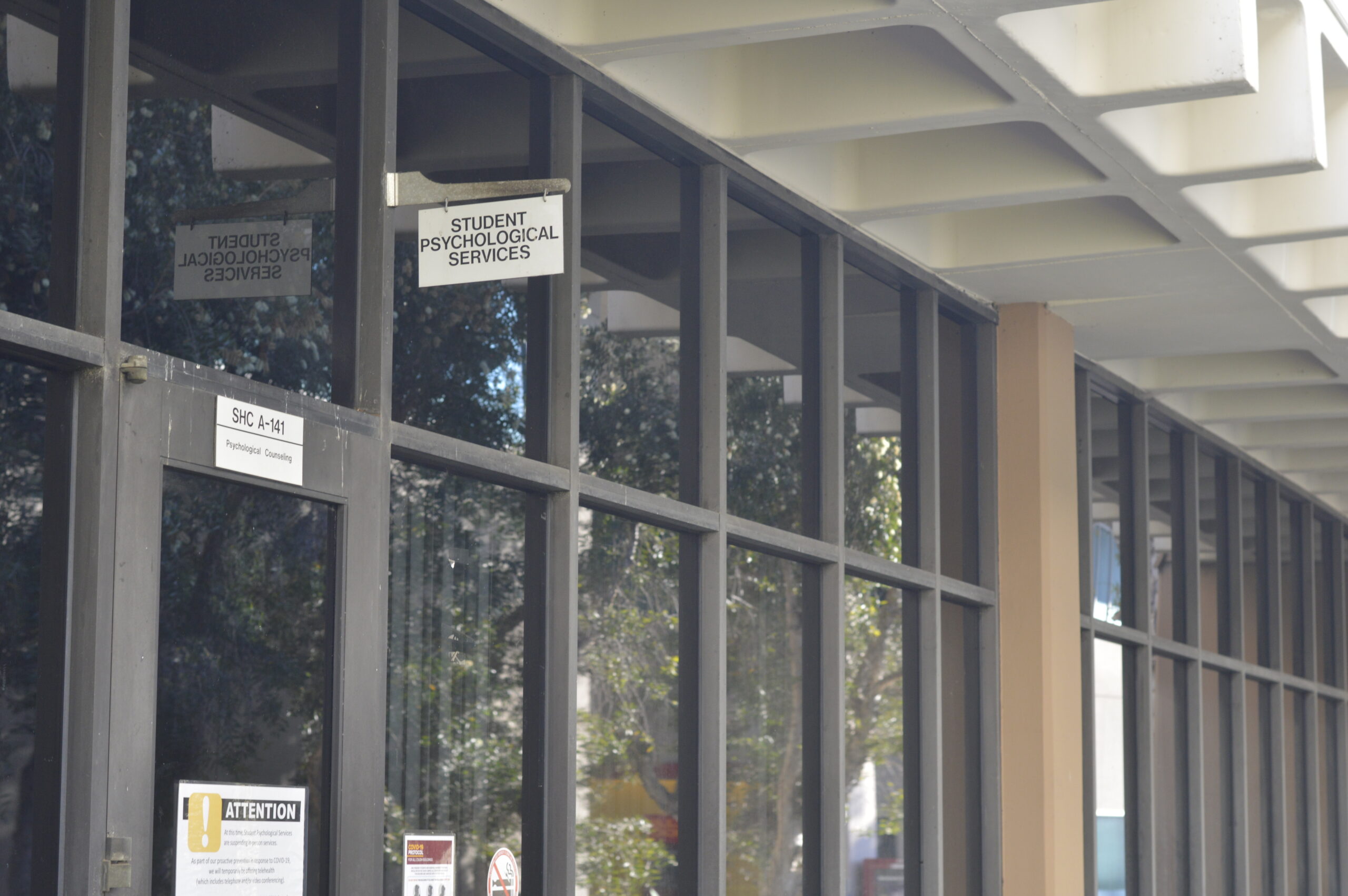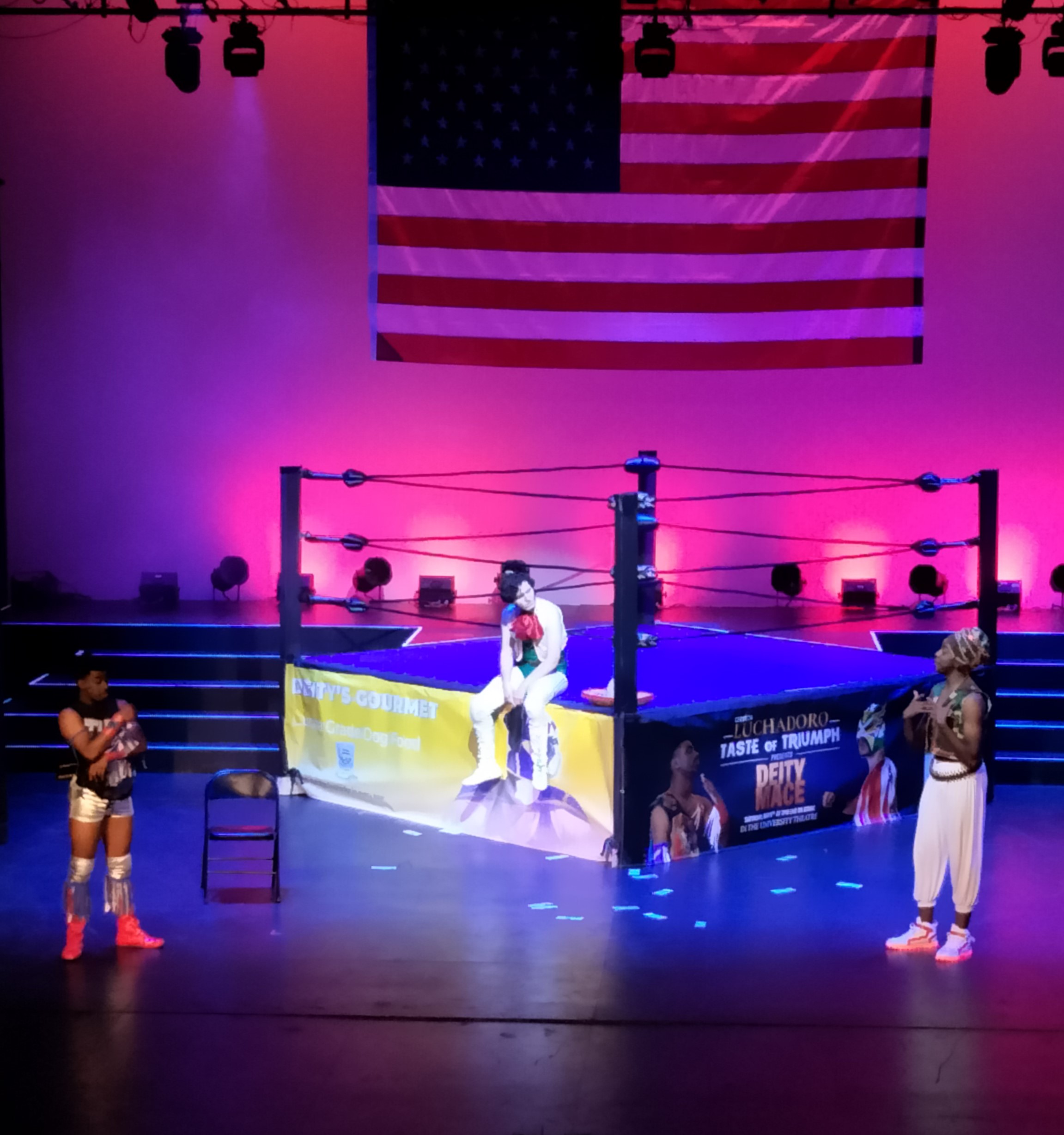Campus Spiritual Leader Jimi Castillo, a Tongva/Acjachemen pipe carrier, last year at CSUDH’s 9th Annual Pow Wow, hosted by CSUDH centers SLICE and the American Indian Institute. Photo by Rohema Muhamed.
By Iracema Navarro, Politics Editor and Yeymy Garcia, Production Manager
Tongva Peoples & Land Acknowledgement
We acknowledge that the land on which we are gathered here today is the home and traditional land belonging to the Tongva Nation. Today we come with respect and gratitude for the Tongva people who still consider themselves the caretakers of this land, It is through their examples that we are reminded of our greater responsibility to take care of Mother Earth and to take care of each other.
Even though the pandemic has wiped out any chance of live celebrations for Native American Heritage Month, two California State University, Dominguez Hills’ organizations were determined to honor those who hold this land sacred by staging a Virtual Pow Wow Friday, Nov. 20.
“There’s not a lot of universities that are doing virtual pow wows and we are very happy that in such a short period of time we’re able to develop something that still honors our Native Americans and specially in the heritage month,” Miami Gelvezon-Gatpandam said.
Gelvezon-Gatpandam is the coordinator for CSUDH’s Servicing, Learning, Internships & Civic Engagement (SLICE) and American Indian Institute (AII), the offices that have staged a pow wow every spring since 2011. But the planned 10th annual event in April was as postponed due to the pandemic.
But SLICE and AII were determined to celebrate, reflect, and honor the importance of Native Americans by creating a website for the Pow Wow in order to avoid technical glitches for everyone to enjoy on their own time. It was also an easy way to reach out to the Native American community for submissions of videos, photos, and information of history. A guestbook will be provided as an opportunity to retrieve feedback from visitors and support future Pow Wow events.
Multiple dances with educational information will be provided to learn while watching the recorded videos. The website will allow viewers to experience authentic videos recorded from homes of native members such as the Men Fancy Dance by Julian and Julius Phoenix, a father and son duo and world championship hoop dancers.
The event will be given a blessing from the campus Spiritual Leader Jimi Castillo, a Tongva/Acjachemen Pipe Carrier and Sundancer in a welcome video along with the land acknowledgment.
The Native American Heritage Month celebration initially began in 1990 when President George H. W. Bush signed the proclamation, National American Indian Heritage Month. Currently, there are 574 federally recognized tribal affiliations in the country with currently 110 in the state of California. Los Angeles County was home to the largest and wealthiest tribe in the Gabrielino-Tongva people. The largest of the many Gabrielino-Tongva settlements was the Suangna village which is where the city of Carson stands now. They were the first people to settle in the Los Angeles basin and numbering between 5,000-10,000 before the arrival of Europeans in the 16th century.
In 1971, the Carson Indian Historical Advisory Committee and students of CSUDH joined to submit an application to the California Historical Landmarks Advisory Committee to have the first historical Native American interest site in the county established in the city of Carson.
Students and organizations at CSUDH are continuing the partnership in bringing awareness and celebration to campus and the community of Carson. CSUDH’s SLICE and the AII’s goal is to have more Native American Tribe students enrolled and graduate from CSU. Native Americans joined three other racialized groups in August of this year to require CSU students graduating in the 2024-25 school year to complete a three-unit course in ethnic studies.
A requirement currently being discussed in the CSU curriculum is a stepping stone for a more inclusive society with a start on campus first.
With more than 300,000 native people living in California in the late 1700s, history has underrepresented them along with the United States Census Bureau. And with a higher population than listed in the census, according to the Centers for Disease Control and Prevention, American Indians and Alaska Natives people are 3.5 times more COVID-19 affected than non-Hispanic white people.
“Indian people aren’t getting support from the government that they should be [getting],” Cheryl McKnight, director of SLICE and AII said. “If you look at the Navajo reservation, most of them don’t even have running water and we’re telling people to wash their hands. So they’re doing the best they can.”
McKnight has witnessed and been a part of the effort and respect the campus has given Native Americans and their family.
“When [we] asked our Southern Drum [Steve Bohay] if he would do a video for us and he said he was asked by nine different nations across the country to do a virtual Pow Wow and turned them all down,” McKnight said. “But he said, ‘I will be there for Dominguez Hills because Dominguez Hills has shown me and my family so much love and honor that I will be there for them anytime.’”
Keep an eye out on your CSUDH email for the link to the Virtual Pow Wow website on November 20, 12 p.m.



